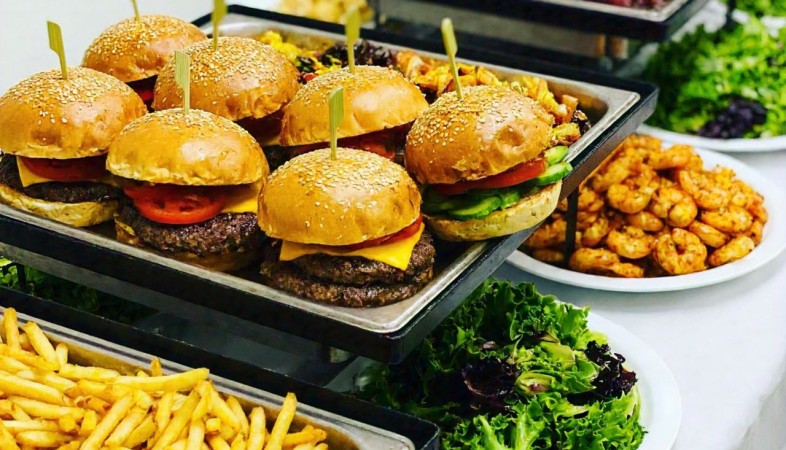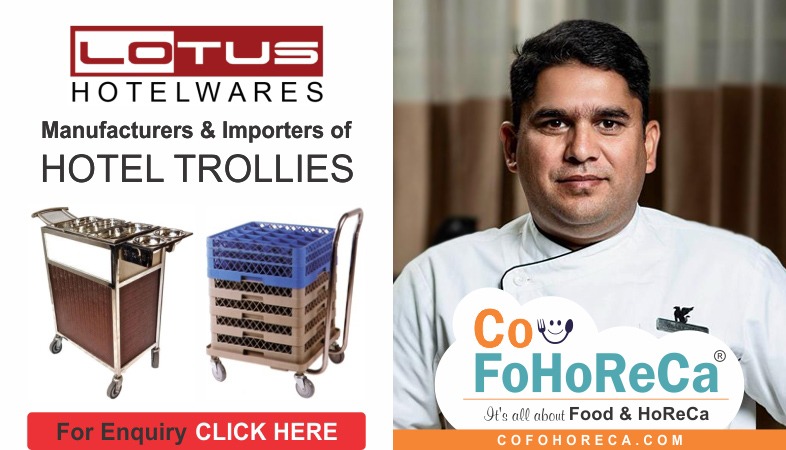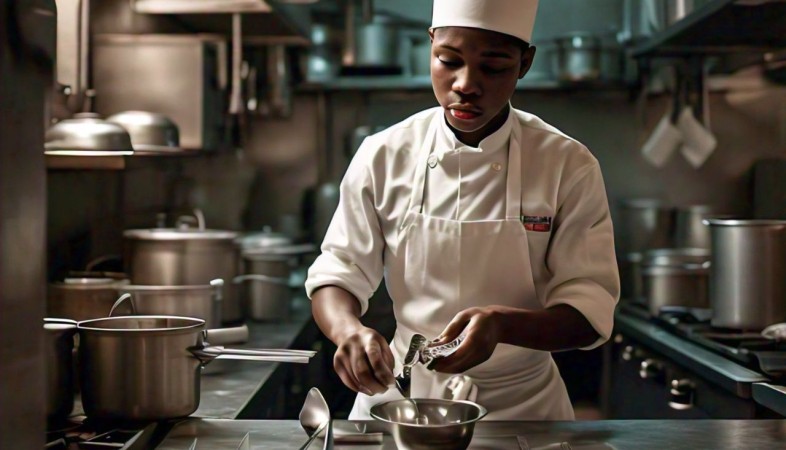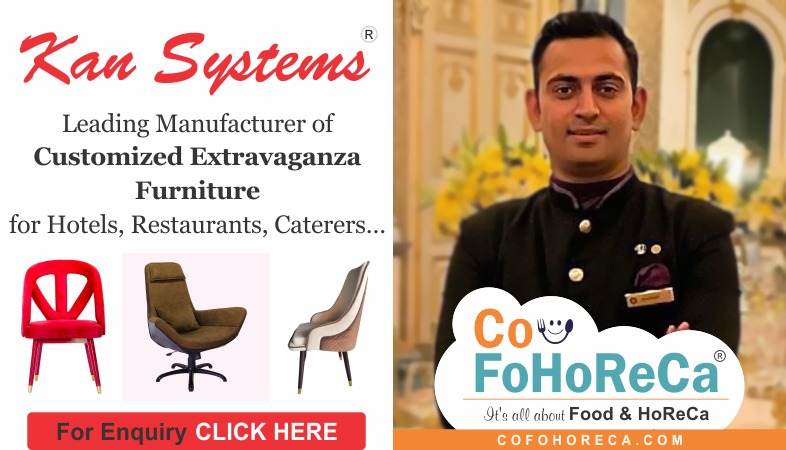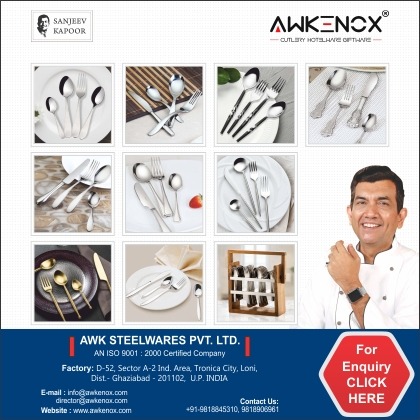Innovative Pricing Models for HoReCa: Pay-What-You-Want, Tiered Menus, and More
These models encourage flexibility and cater to a wide range of customer needs and budgets, setting establishments apart in an increasingly competitive landscape.
The hospitality industry, encompassing hotels, restaurants,
and cafes (HoReCa), is seeing a shift towards innovative pricing models aimed
at enhancing customer engagement, increasing revenue, and staying competitive
in a dynamic market. With traditional pricing strategies becoming less
appealing to a diverse customer base, concepts like Pay-What-You-Want, tiered
menus, and dynamic pricing are gaining popularity. These models encourage
flexibility and cater to a wide range of customer needs and budgets, setting
establishments apart in an increasingly competitive landscape.
The Pay-What-You-Want (PWYW) model, though unconventional, has gained traction in certain niches within the HoReCa industry. It allows customers to determine the price they’re willing to pay for their dining experience or stay. Often viewed as a bold move, this approach can work well for establishments that focus on building strong community ties and trust. PWYW works best in settings where customers feel connected to the business, such as small cafes or local eateries that emphasize ethical sourcing or sustainable practices. The model can foster customer loyalty and often leads to a positive, word-of-mouth marketing effect. However, for PWYW to be successful, establishments must carefully communicate their value proposition, ensuring customers understand the quality and effort involved in each offering, which often leads to fair contributions.
Another emerging model is the tiered menu approach, where restaurants or cafes offer multiple price levels based on portion sizes, ingredients, or additional services. This model allows customers to select options that fit their budget, providing flexibility while ensuring consistent revenue for the business. A tiered menu might include a “basic” level with core ingredients, a “premium” level with upscale additions, and a “luxury” option with exclusive ingredients and presentation. Hotels and resorts also benefit from this model by offering room packages with different levels of amenities. The tiered approach appeals to a broader audience, allowing budget-conscious customers access to core offerings while providing premium experiences for those willing to pay extra.
Dynamic pricing is another technique making its way into the HoReCa industry, particularly for hotels and upscale restaurants. Leveraging principles from the airline and event ticketing industries, dynamic pricing adjusts rates based on demand, time of booking, and seasonality. For example, a restaurant might raise prices during peak dining hours or offer discounts for off-peak times. This model allows for maximized revenue during high-demand periods while filling seats during slower times. While implementing dynamic pricing requires careful planning and an understanding of market patterns, it can yield substantial financial benefits and improve customer flow management.
In the catering sector, subscription-based pricing is gaining traction as it guarantees recurring revenue and offers customers a convenient, predictable experience. With this model, customers pay a monthly or annual fee to access a set number of meals, special menus, or exclusive perks. Subscription-based pricing allows HoReCa businesses to build strong customer relationships and secure a steady income stream. It is particularly effective for establishments targeting busy professionals or families who prioritize convenience. By providing value through meal variety, flexible options, and exclusive events, subscription models foster loyalty and attract customers looking for both flexibility and reliability.
Another innovative pricing model that’s making waves in the restaurant industry is the pay-by-time approach, which charges customers based on how long they stay rather than what they consume. Often used in cafes or coworking spaces, pay-by-time establishments create a relaxed environment where guests can enjoy food and beverages while working or socializing. This model works well in urban areas with high foot traffic, offering a unique appeal to freelancers, students, and remote workers. By charging for time, cafes and lounges can manage table turnover and maximize revenue from long-stay customers. However, it requires careful design of space and menu to ensure customer satisfaction and adequate profit margins.
Value-based pricing, which determines price according to perceived customer value rather than cost, is another promising strategy in the HoReCa sector. By understanding what guests value most—whether it’s high-quality ingredients, innovative flavors, or personalized service—establishments can price their offerings accordingly. Value-based pricing requires customer insights and competitor analysis but can result in strong differentiation and profitability. For instance, a restaurant known for its locally sourced ingredients and farm-to-table experience can charge a premium because its target audience values quality and sustainability. This model encourages businesses to focus on what sets them apart and allows customers to connect more deeply with their unique offerings.
A final trend worth noting is prix-fixe and tasting menus, which offer a set menu at a fixed price. This approach is popular in fine dining and themed restaurants, where curated, multi-course experiences are central to the appeal. Prix-fixe menus simplify the dining decision for guests, providing a complete, satisfying experience without menu overwhelm. Restaurants benefit from predictable food costs, streamlined kitchen operations, and the ability to showcase seasonal ingredients. Furthermore, this model can be easily adapted for special events or holiday-themed offerings, giving customers unique experiences and fostering a sense of exclusivity.
The HoReCa industry is adopting innovative pricing strategies to meet the needs of modern consumers who seek flexibility, value, and convenience. From the trust-based PWYW model to dynamic pricing and tiered menus, these pricing methods not only enhance customer satisfaction but also help businesses optimize revenue. By exploring and implementing the right pricing model, HoReCa establishments can better align with customer expectations and secure a competitive advantage in a constantly evolving market.
.png)



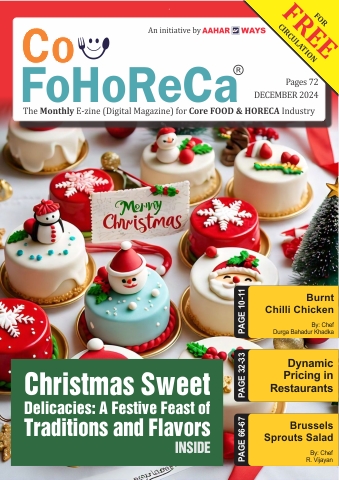


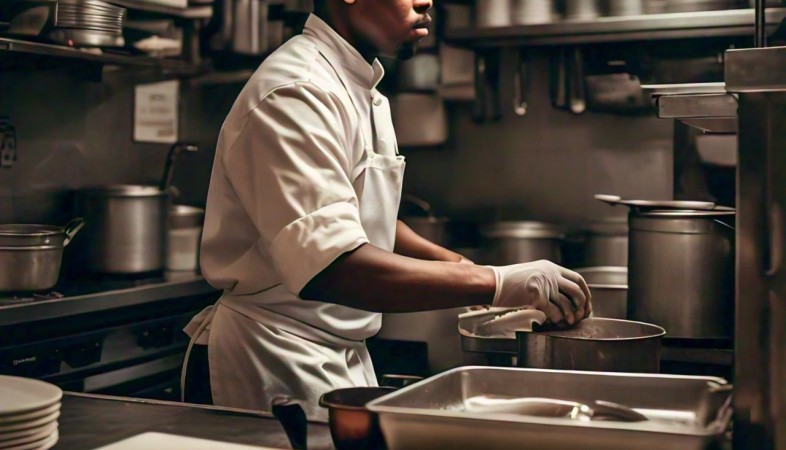

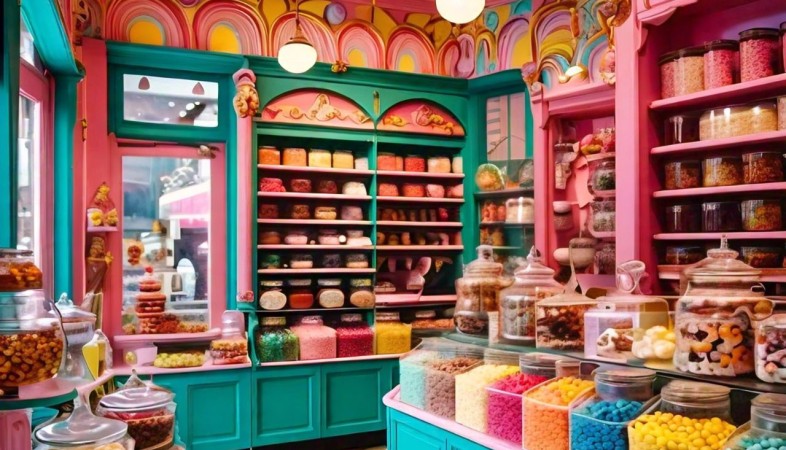


.jpeg)
